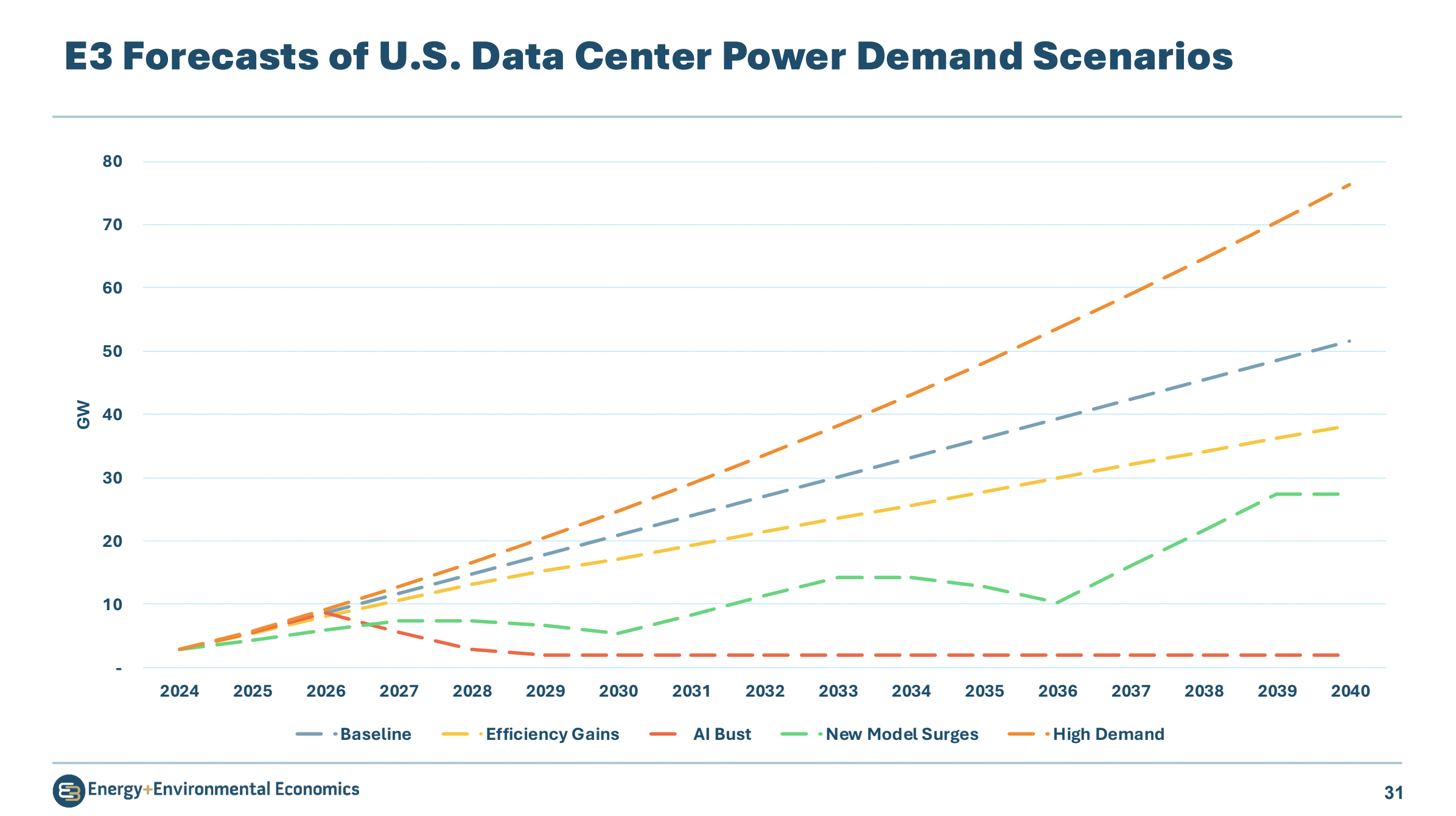![]() By Katy Spence
By Katy Spence
In Montana, the prevalence of artificial intelligence (AI) is still in its nascent stages: results in a Google search, features popping up in email, or a “virtual note-taker” in video meetings. Outside the state, AI is being adopted far and wide, and the implications for our climate are alarming.
According to IBM, AI is “technology that enables computers and machines to simulate human learning, comprehension, problem solving, decision-making, creativity and autonomy.” Recent widespread dabbling in AI has brought no shortage of controversy, as many technology companies are feeding human-created material into AI algorithms to “learn” and produce graphic art, written materials (such as reports for school), or to simulate human behavior in online chats or automated driving. While there is some evidence that AI can be used positively — to speed menial tasks, lower rates of human error, make helpful predictions, etc. — any use of AI demands huge amounts of energy.
In October, NPR reported that a query into popular AI tool ChatGPT requires 10 times as much energy as a Google search. A researcher with the Allen Institute for AI said, “One query to ChatGPT uses approximately as much electricity as could light one light bulb for about 20 minutes.” To put this in perspective, more than 200 million people every week use ChatGPT – and that’s just one of many AI programs available today.

Data centers for artificial intelligence, cryptocurrency, and more demand enormous amounts of electricity, and demand is predicted to increase.
The amount of processing and computing needed by AI tools is extreme, driving up many tech companies’ greenhouse gas emissions and disrupting climate goals. Several companies have recently announced plans to invest significantly in expensive nuclear energy in a hail-mary attempt at securing carbon-free energy for AI technology. Both Amazon and Google announced they would be investing in small nuclear reactors to power AI. Microsoft is planning to revive Three Mile Island. In July, Google released a sustainability report that indicated its greenhouse gas emissions had risen substantially, a full 48% higher than 2019 emissions. Much like cryptocurrency, our climate cannot handle extreme demands in unnecessary energy.
AI’s trendiness is driving demand through the roof and showing no signs of slowing down. Many of the tools we use at MEIC are introducing AI features, even if there’s no clear benefit from their inclusion. Even more frustratingly, many tools don’t make it easy to opt out of AI features. While some have argued that AI can be used as a problem-solving tool for innovatively addressing the climate crisis, it remains to be seen whether this hope will materialize to offset the tremendous atmospheric damage the technology is already causing.
So what can we do? Opt out of AI tools and features when you can (when searching on Google, try adding “-AI” to your search!). Send feedback to companies that are looking to introduce AI tools and ask for the ability to opt out (or ask the company to consider avoiding AI entirely). Demand regulation at the state and federal levels that set guardrails on AI and its uses, while ensuring that its energy consumption does not drive up emissions further. Let your legislators and Public Service Commissioners know that when demand for AI processing centers comes for Montana, they need to prioritize providing clean and affordable energy to ratepayers — not giant corporations who are destroying the climate.
This article was published in the December 2024 issue of Down To Earth.


